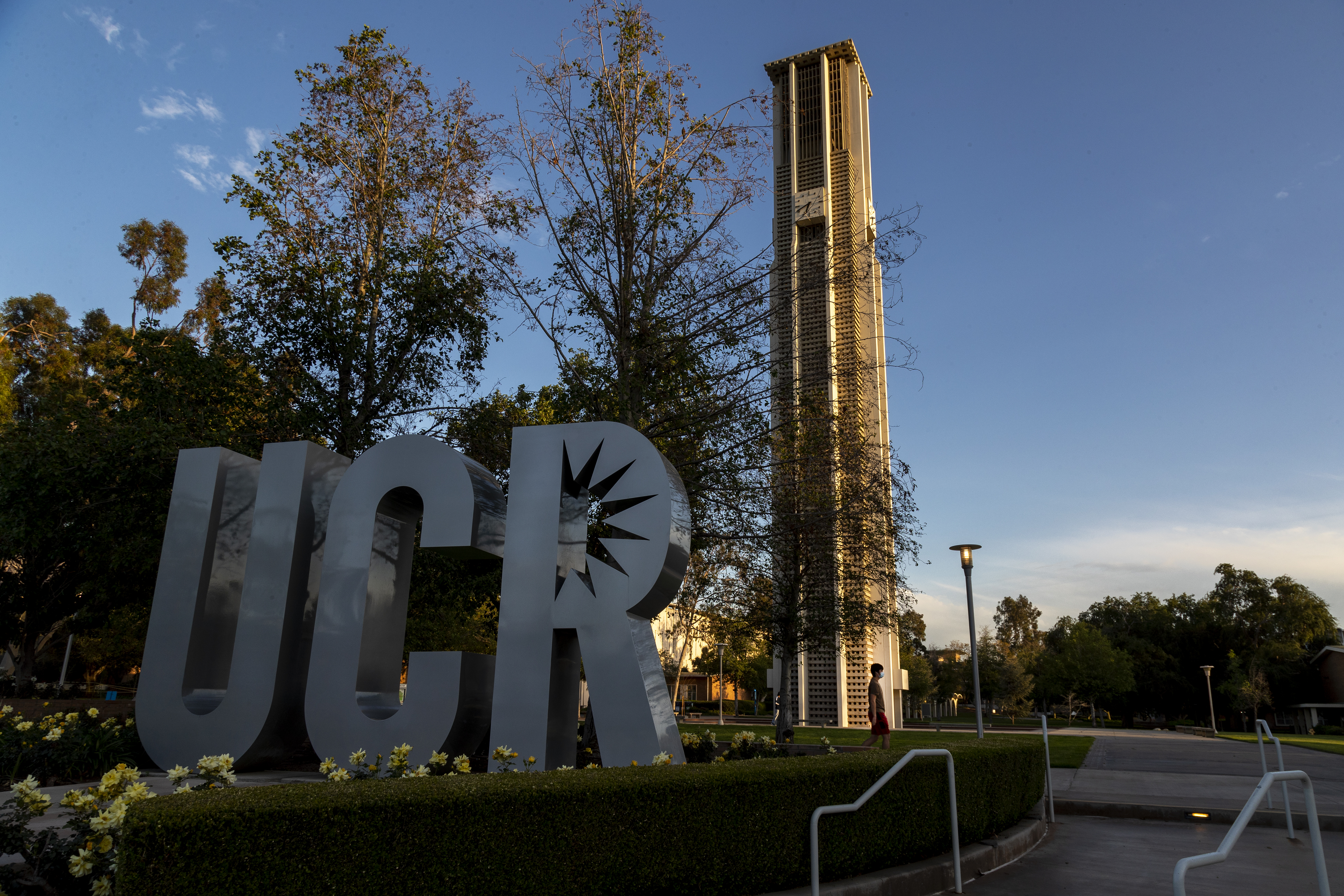The Orion space probe's successful trip to space Friday signals a new era for U.S. spaceflight, and few in Southern California could have been happier than a team of scientists at the Jet Propulsion Laboratory.
The high-tech Pasadena lab has been working on the project, a deep-space capsule that fits four astronauts, since 2004. Friday's was Orion's first flight, but scientists hope the spacecraft will eventually travel to Mars.
"For the world as a whole, going into space is a major goal and becoming not just a one-planet species," said Garry Burdick, manager of Human Robotic Mission Systems at JPL. "Our dreams can become possible and if you can think it and you're diligent and work hard eventually you'll accomplish your goals."
The test flight will be used to gather data for tweaks on its flight and design, incluing its heat shield and onboard computers, NASA said.
"It's hard to have a better day than today. it was a lot of fun, very exciting, each part of the mission," Orion Program Manager Mark Geyer said.
The as-yet unmanned probe splashed down into blue waters off Baja California at about 8:30 a.m., after orbiting twice around Earth.
The spacecraft traveled up to 3,600 miles above Earth -- a small step on the way to Mars, where Orion was designed to take space travelers.
News
Top news of the day
"We'll definitely learn some things from this flight, that's why it was a test flight," said William Gerstenmaier of NASA. "It will help us as we take those next steps into the solar system with humans."
NASA is shooting for a mission to Mars by 2033, but Orion will likely travel to an asteroid and the Moon before then.
"We will probably have some kind of base or colonies on Mars at some point in time and we'll even go further as technology proceeds," Burdick said.



